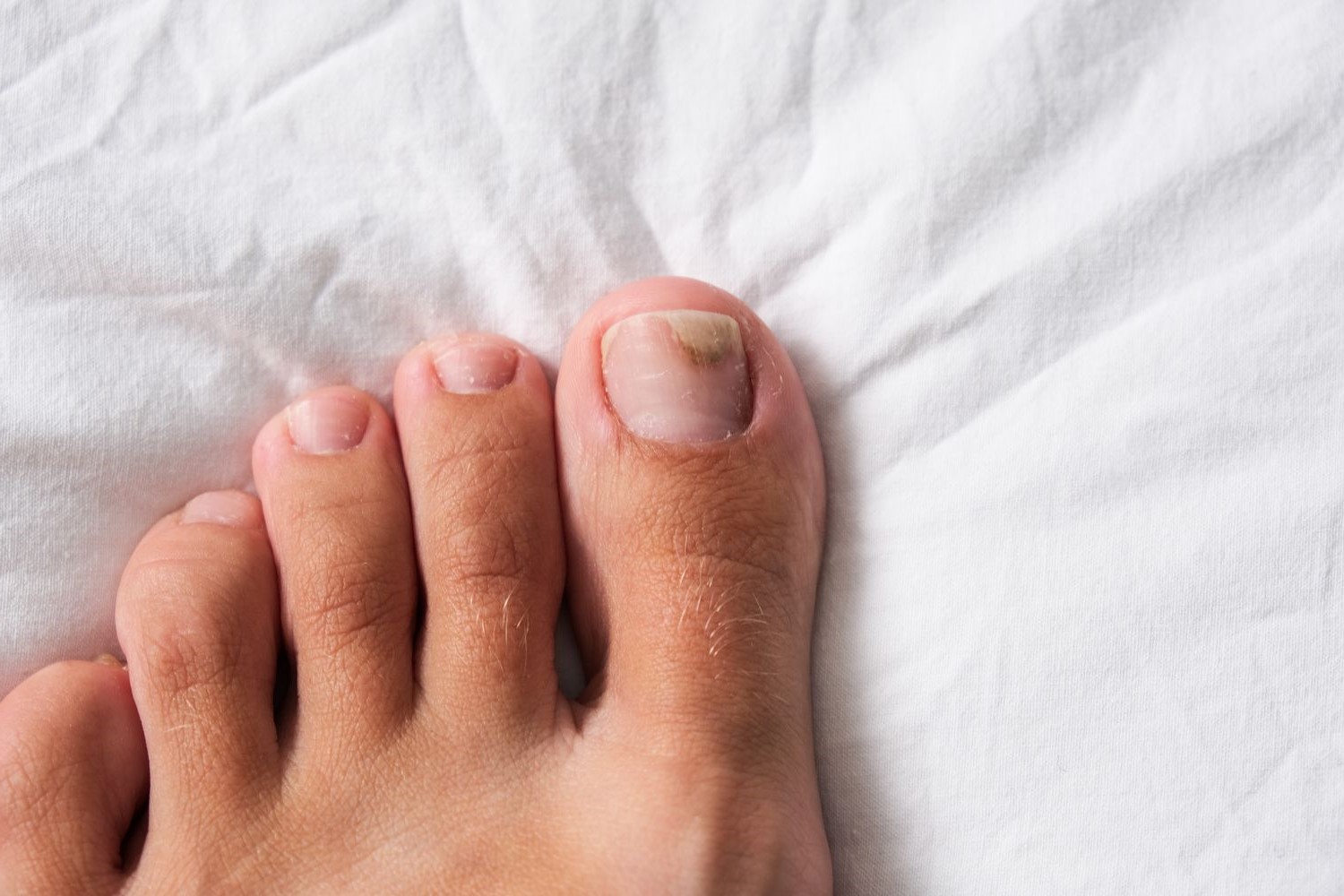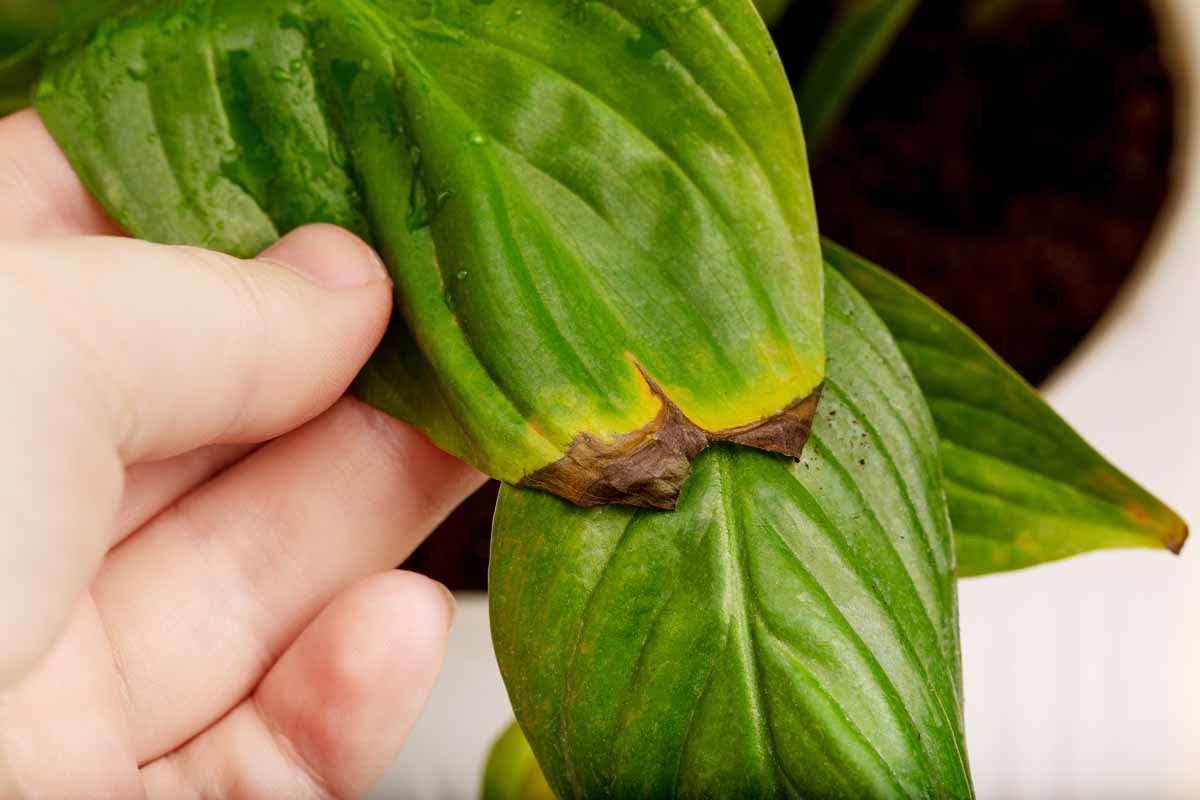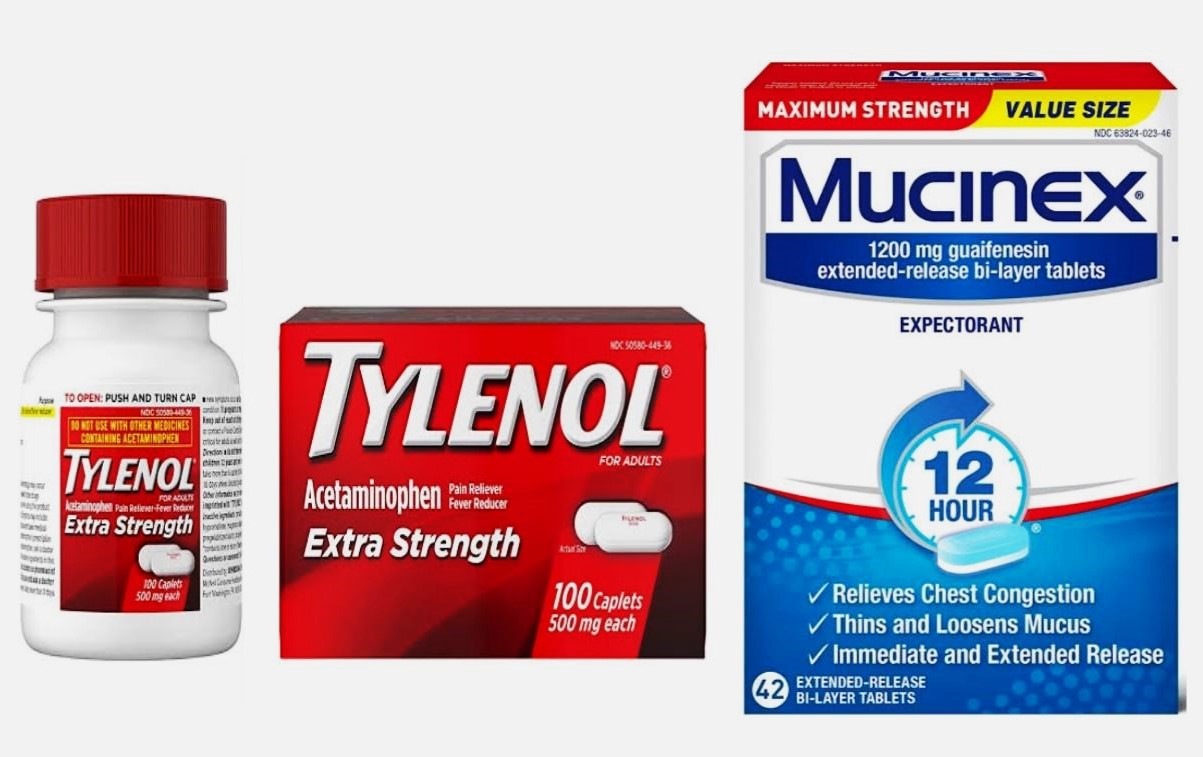Home>Health and Wellness>How To Know If Toenail Fungus Is Dying


Health and Wellness
How To Know If Toenail Fungus Is Dying
Published: March 3, 2024
Learn the signs that indicate toenail fungus is dying and how to promote health and wellness during the process. Discover effective strategies for managing toenail fungus symptoms.
(Many of the links in this article redirect to a specific reviewed product. Your purchase of these products through affiliate links helps to generate commission for Noodls.com, at no extra cost. Learn more)
Table of Contents
Introduction
Toenail fungus, also known as onychomycosis, is a common condition that affects millions of people worldwide. It occurs when fungi, such as dermatophytes, invade the toenails, leading to discoloration, thickening, and brittleness. This pesky ailment can cause discomfort and embarrassment, prompting individuals to seek effective treatment options.
Understanding the signs that indicate toenail fungus is dying is crucial for those undergoing treatment. Witnessing the demise of the fungus can be a source of relief and a sign that the chosen treatment is effective. In this article, we will explore the various indicators that suggest toenail fungus is on its way out, as well as the treatment options available to combat this stubborn condition.
As we delve into this topic, it's important to note that toenail fungus can be persistent and challenging to eradicate completely. However, with the right approach and a comprehensive understanding of the signs of improvement, individuals can effectively manage and potentially eliminate this bothersome condition.
Let's embark on this informative journey to gain insights into the signs that toenail fungus is dying, the treatment options available, and preventive measures to safeguard against its recurrence. By arming ourselves with knowledge and understanding, we can take proactive steps to address toenail fungus and strive for healthier, happier feet.
Read more: How To Eliminate Fungus Gnats
Signs that Toenail Fungus is Dying
Identifying the signs that toenail fungus is dying can be a source of encouragement for individuals undergoing treatment. While the journey to complete eradication of the fungus may be gradual, several indicators can suggest that the treatment is effectively combating the infection. Here are the key signs to look out for:
-
Improved Nail Appearance: One of the initial signs that toenail fungus is dying is a visible improvement in the nail's appearance. As the treatment takes effect, the affected nail may begin to exhibit signs of clearing, such as a reduction in discoloration and a gradual return to a healthier, more natural hue. Additionally, the nail may appear less brittle and thick, indicating that the fungus is losing its grip.
-
Diminished Discoloration: Fading discoloration of the affected toenail is a promising sign that the fungus is succumbing to the treatment. The yellowing or darkening of the nail, which is characteristic of toenail fungus, may gradually recede, giving way to a clearer and more translucent nail bed.
-
Reduced Brittleness: As the fungus weakens and begins to die off, the affected toenail may exhibit increased resilience and reduced brittleness. This positive change in texture is a reassuring sign that the treatment is effectively targeting the underlying fungal infection.
-
Decreased Odor: Fungal infections often emit a distinct and unpleasant odor. A reduction in the foul smell emanating from the affected toenail can indicate that the fungus is being effectively controlled and is in the process of dying off.
-
Relief from Discomfort: Individuals suffering from toenail fungus may experience discomfort or pain in the affected toe. As the fungus begins to recede, there may be a noticeable reduction in discomfort, indicating that the treatment is addressing the underlying cause.
-
Regrowth of Healthy Nail: The emergence of new, healthy nail growth is a definitive sign that the toenail fungus is dying. As the affected nail grows out, the appearance of a healthier nail bed can signify that the fungal infection is being successfully eradicated.
It's important to note that the timeline for observing these signs may vary from person to person, and the effectiveness of the treatment can depend on factors such as the severity of the infection and the chosen treatment method. Patience and consistent adherence to the prescribed treatment regimen are crucial in achieving positive outcomes.
By remaining vigilant for these signs of improvement, individuals can gain valuable insights into the effectiveness of their chosen treatment and take proactive steps toward reclaiming healthy, fungus-free toenails.
Treatment Options for Toenail Fungus
Addressing toenail fungus requires a multifaceted approach, and several treatment options are available to combat this persistent condition. It's essential to consult a healthcare professional to determine the most suitable course of action based on the severity of the infection and individual health considerations. Here are the primary treatment options for toenail fungus:
-
Topical Antifungal Medications: Over-the-counter and prescription-strength antifungal creams, ointments, and nail lacquers are commonly used to treat mild to moderate cases of toenail fungus. These topical medications are applied directly to the affected nail and surrounding skin, targeting the fungal infection at the source.
-
Oral Antifungal Medications: In cases of moderate to severe toenail fungus, oral antifungal medications may be prescribed by a healthcare provider. These systemic medications are ingested and work from within the body to combat the fungal infection. Oral antifungal treatments are typically taken for a specified duration, and regular monitoring may be necessary to assess their effectiveness and manage any potential side effects.
-
Laser Therapy: Laser treatment for toenail fungus has gained popularity as a non-invasive and effective option for combating stubborn fungal infections. This innovative approach involves the use of concentrated laser energy to target and destroy the fungus that has invaded the toenail. Laser therapy is often sought after for its precision and minimal risk of side effects.
-
Surgical Intervention: In severe cases where toenail fungus does not respond to other treatment modalities, surgical intervention may be considered. This can involve partial or complete removal of the affected nail to facilitate direct application of antifungal medications and promote the growth of a healthy nail.
-
Home Remedies and Alternative Therapies: Some individuals explore home remedies and alternative therapies to complement traditional treatment methods. These may include the use of essential oils, vinegar soaks, and herbal preparations with purported antifungal properties. While these approaches may offer symptomatic relief for some individuals, their effectiveness in eradicating toenail fungus is not scientifically proven, and caution should be exercised when considering such remedies.
It's important to emphasize that consistency and patience are key when pursuing treatment for toenail fungus. The duration of treatment and the expected timeline for observing improvement can vary based on the chosen approach and the individual's response to the treatment. Additionally, maintaining good foot hygiene, wearing breathable footwear, and keeping toenails trimmed can support the effectiveness of the chosen treatment and help prevent the recurrence of toenail fungus.
By exploring these treatment options under the guidance of a healthcare professional, individuals can take proactive steps toward addressing toenail fungus and striving for healthier, fungus-free nails.
Prevention of Toenail Fungus
Preventing toenail fungus is essential for maintaining optimal foot health and minimizing the risk of recurring fungal infections. By incorporating simple yet effective preventive measures into daily routines, individuals can significantly reduce their susceptibility to toenail fungus. Here are key strategies for preventing toenail fungus:
-
Maintain Proper Foot Hygiene: Regularly washing and thoroughly drying the feet, including the areas between the toes, can help prevent the proliferation of fungi. Keeping the feet clean and dry minimizes the favorable environment for fungal growth.
-
Choose Breathable Footwear: Opt for shoes made from breathable materials, such as leather or mesh, to promote air circulation and reduce moisture buildup. Additionally, wearing moisture-wicking socks can help keep the feet dry and discourage fungal growth.
-
Practice Good Nail Care: Keeping toenails trimmed, filed, and free from debris can prevent fungi from finding a conducive environment to thrive. It's important to trim nails straight across and avoid cutting them too short to minimize the risk of ingrown toenails, which can create entry points for fungal infections.
-
Avoid Walking Barefoot in Public Areas: Refrain from walking barefoot in communal areas such as gyms, locker rooms, and swimming pools, where the risk of coming into contact with fungal spores is higher. Wearing flip-flops or water shoes in these environments can provide a protective barrier.
-
Use Antifungal Powders or Sprays: Applying antifungal powders or sprays to the feet and inside shoes can help inhibit fungal growth and minimize the risk of infection. These products can be particularly beneficial for individuals with a history of toenail fungus or those prone to excessive sweating.
-
Be Cautious with Nail Salons: When visiting nail salons for pedicures, ensure that the tools and equipment used are properly sanitized to prevent the spread of fungal infections. Consider bringing your own pedicure tools to minimize the risk of exposure to contaminated instruments.
-
Rotate Footwear: Alternating between different pairs of shoes allows them to air out and dry thoroughly, reducing the accumulation of moisture and creating an inhospitable environment for fungi.
-
Maintain Overall Foot Health: Individuals with conditions such as athlete's foot should seek prompt treatment to prevent the spread of fungal infections to the toenails. Additionally, managing underlying health conditions that can compromise immune function can contribute to overall foot health and reduce the risk of toenail fungus.
By integrating these preventive measures into daily routines and prioritizing foot hygiene, individuals can take proactive steps to safeguard against toenail fungus and promote the long-term health of their toenails. These simple yet impactful strategies can contribute to a reduced risk of fungal infections and support overall foot wellness.
Conclusion
In conclusion, recognizing the signs that toenail fungus is dying is a pivotal aspect of managing this common yet persistent condition. The journey to combat toenail fungus involves patience, perseverance, and a comprehensive understanding of the indicators that suggest the effectiveness of the chosen treatment. As individuals observe improvements in nail appearance, diminished discoloration, reduced brittleness, decreased odor, relief from discomfort, and the regrowth of healthy nails, they can find reassurance that their efforts to combat toenail fungus are yielding positive results.
Furthermore, exploring the diverse treatment options for toenail fungus, including topical and oral antifungal medications, laser therapy, surgical intervention, and complementary home remedies, empowers individuals to make informed decisions in collaboration with healthcare professionals. Consistency in adhering to the prescribed treatment regimen and maintaining good foot hygiene are essential elements in the journey to address toenail fungus effectively.
Moreover, prioritizing preventive measures, such as maintaining proper foot hygiene, choosing breathable footwear, practicing good nail care, and being cautious in communal areas, can significantly reduce the risk of toenail fungus and contribute to long-term foot wellness. By integrating these preventive strategies into daily routines, individuals can take proactive steps to safeguard against toenail fungus and minimize the likelihood of recurring infections.
Ultimately, the battle against toenail fungus requires a holistic approach that encompasses treatment, prevention, and ongoing foot care. By staying attuned to the signs of improvement, exploring suitable treatment options, and embracing preventive measures, individuals can strive for healthier, fungus-free toenails and enhance their overall foot health.
In this journey, patience, persistence, and proactive foot care practices are invaluable allies in the quest to conquer toenail fungus and promote optimal foot wellness. By arming ourselves with knowledge, embracing effective treatment options, and prioritizing preventive measures, we can take confident strides toward healthier, happier feet, free from the grasp of toenail fungus.















